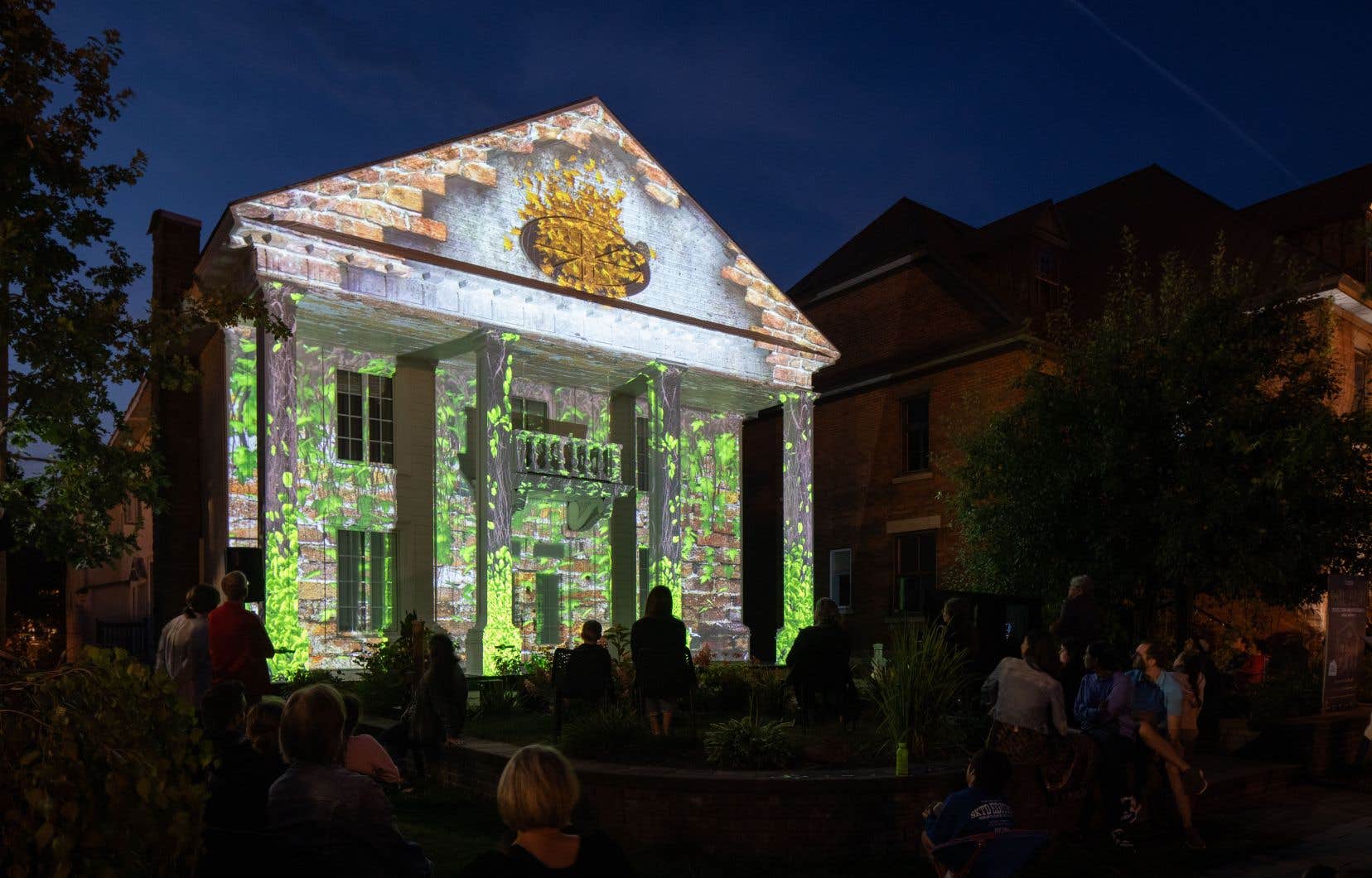This text is part of the special Museums notebook
Today, the museum experience transcends the simple visit to the exhibition spaces. Institutions are now banking on new and interdisciplinary experiences to reach a diversity of audiences. Sometimes the museum extends into the city.
Initiatives such as late-night parties and activities combining arts and leisure illustrate this trend. These events are not limited to traditional cultural mediation; rather, they aim to create experiences. “I think that events have a certain appeal to attract the public’s attention and show them that the museum can be a friendly place,” expresses Ariane Lasalle, head of events at the Montreal Museum of Fine Arts (MMFA). We can take as an example the Block Party Basquiat in 2022, where urban dance performers engaged in battles on the sidelines of the exhibition At full volume. Basquiat and music.
The National Museum of Fine Arts of Quebec (MNBAQ) is also trying to diversify its offering in order to meet the needs expressed by visitors, according to Marie-Hélène Audet, head of the mediation department. “We are going to invite artists from different disciplines to come and interpret collections, works or themes presented in the exhibitions,” she adds. We notice in these moments that this is a fairly new, younger audience, and that many museums are trying to reach. »
The speakers agree on the fact that this interdisciplinarity arises from the presence of cultural proximity. The MMFA is at the heart of a museum city where the Bourgie Room and the Museum cinema coexist, thus encouraging collaborations. As for the Joliette Art Museum (MAJ), it is a stakeholder in the Joliette cultural stop project, launched in 2022 and whose goal is to pool resources in order to offer programming that responds to each other and to make Joliette a cultural hub, despite its distance from major centers.
The museum outside the walls
Bringing the museum directly into people’s daily lives is the bet that the MNBAQ is making with its Ricochets project, in collaboration with the Musée de la civilization. This social innovation initiative aims to attract families who are hesitant to visit the museum, using community organizations as intermediaries. This is a trend that is observed here as elsewhere, according to Marie-Hélène Audet.
Julie Armstrong-Boileau, director of development and communications at the Joliette Art Museum, shares a similar vision on the importance of interdisciplinarity and collaboration between institutions to enrich the cultural offering. “There are several of us who see the potential of coming together, pooling our resources, our programming and seeing the bigger picture together,” she explains. This collaboration is, by nature, interdisciplinary. »
Initiatives outside the walls at MAJ, such as Mirageillusionist projection project on a heritage building which took place in the summer of 2023, or Ripple (to read in box) allows artists from visual and digital arts backgrounds to “soak up the historical and cultural soil of Joliette in order to create their works”, according to Mme Armstrong-Boileau. Which opens up a field of possibilities.
For Ariane Lasalle, these events allow people to discover the rich local scene. “We work a lot with young artists and we think that the museum can offer a platform,” she explains. We look at what’s happening in galleries, festivals, we’re always on the lookout. »
This content was produced by the Special Publications team at Duty, relating to marketing. The writing of the Duty did not take part.
